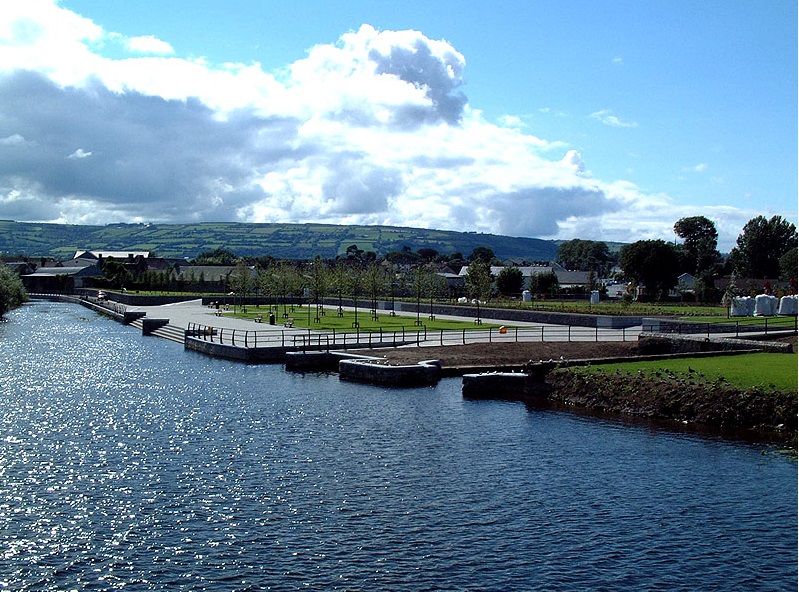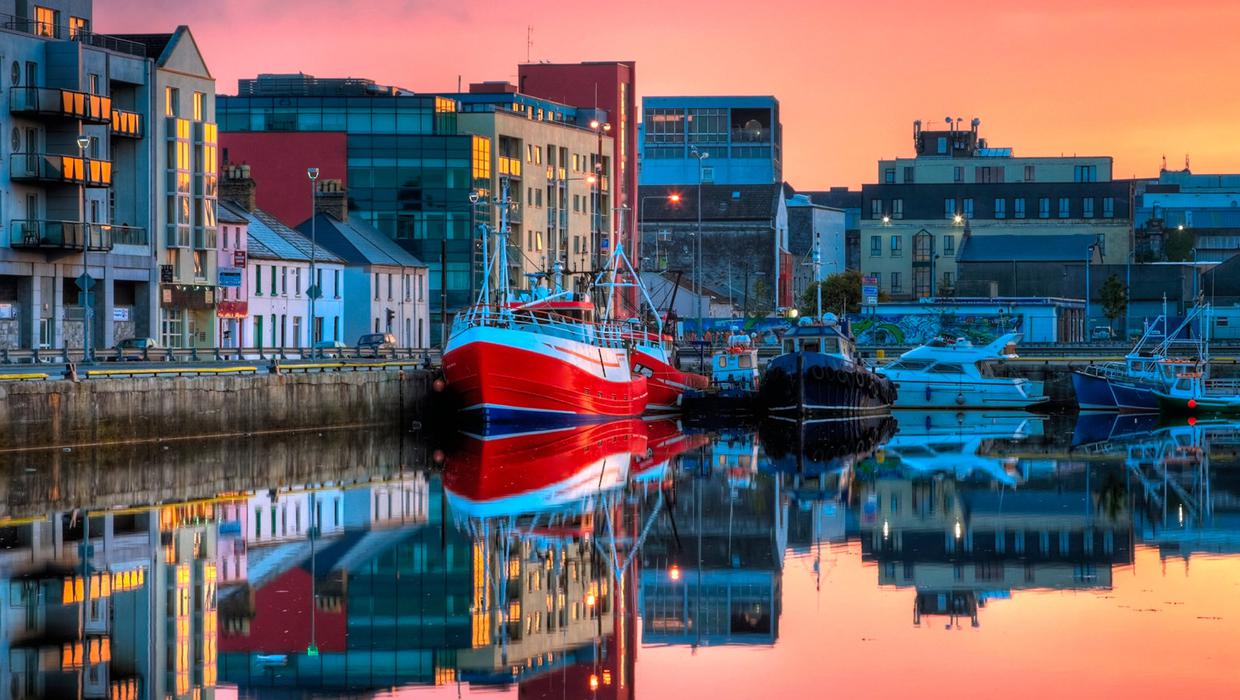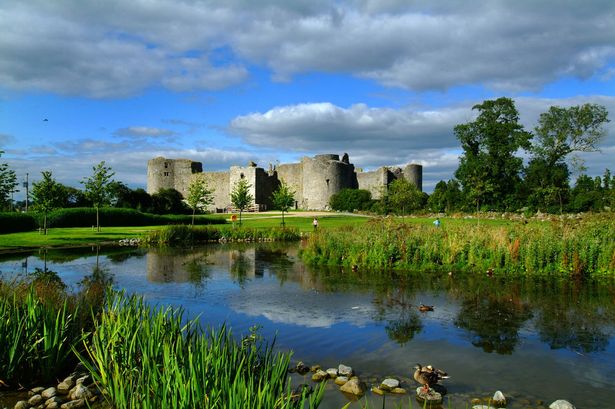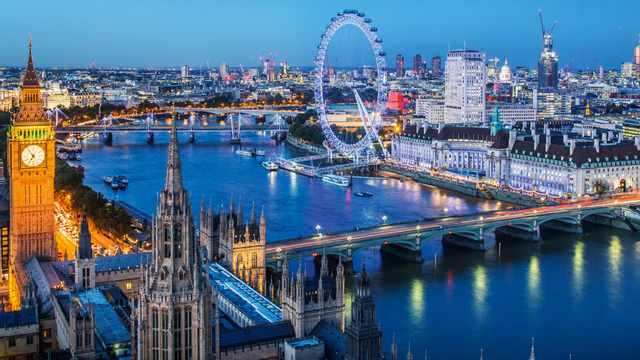Kilkenny county town in Ireland’s County Kilkenny is nestled on the two banks of River Nore. It is at the heart of the county of Kilkenny in Leinster province in the southeast of the country. Kilkenny City has its own Mayor and the borough council administers it. The town as well as its environs has a population of around 25,000, with most of the inhabitants living outside the boundary of the borough.
Kilkenny boasts of a clerical foundation as Ossory kingdom’s ancient capital. A royal charter established the town in 1609 as a city then. The Church of Ireland Bishop of Cashel and Ossory and Roman Catholic Bishop of Ossory’s seat are all found in Kilkenny.
It is also popular for the medieval castle and building. For many centuries, the town is called Marble City and its people are usually known as “Cats.”
King James I of England issued a 1609 Royal Charter to give Kilkenny a city status. Kilkenny served as Confederate Ireland’s capital from 1642 through 1649 until this yielded during Ireland’s Cromwellian conquest. John Smithwick founded the official home of Smithwick’s Ale, St. Francis Abbey Brewery, in 1710.
But Kilkenny doesn’t have its own city council because based on Local Government Act 2001, Ireland only has give cities namely Dublin, Galway, Limerick, Waterford, and Cork. This move caused distress among the local politicians and residents of Kilkenny. As a result, a stipulation was included in the act allowing the continued usage of a city description with regard to Kilkenny up to the point of using the description prior to the day of establishment.
During the early Norman era to later part of 12th century, the county town was Ireland’s capital of the colony. This also served as the house of the preceptor of Knights of St. Thomas. During late 13th century, it was under the control of the Norman-Irish.
The presence of the Norman in Kilkenny town remains very prominent to this day. Kilkenny Castle has been constructed on a rock outcrop that provides natural vantage point right at the major bend in River Nore. It is found on the spot of the earlier mud and wattle structures and served as the location of fortifications of O’Carrolls and the Fitzpatricks among others.
There were also walls constructed as a protection for the burghers. It has two townships, Englishtown and Irishtown. Irishtown had a charter from Ossory’s bishops and the First Earl of Pembroke, William Marshal, established Englishtown.
During Lent, the pestilence became strong in Kilkenny as there were eight Friars Preachers who died between December 25 and March 6. There was almost no home where only one person died as most lost fathers, mothers, and children.
There is no doubt that Kilkenny is an interesting city whose roots can be traced back to many centuries. And despite all the changes that it has gone through, it remains standing to this day. If you want to experience its uniqueness, don’t miss the chance to visit or better yet, live in this one-of-a-kind Irish city.










